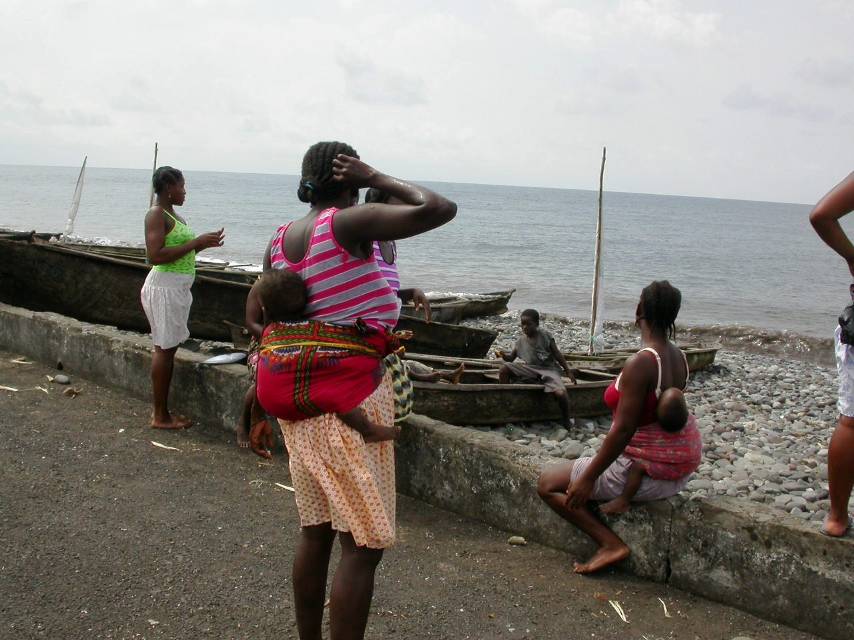
Sao Tome and principe (STP) being a Least Developed Country (LDC) and Small Island Developing State (SIDS), is very vulnerable to the impacts of climate change. Coupled by the fact that agriculture, remains the biggest source of incomes for rural families, generating 70% of rural employment and about 80% of export revenues, renders the majority of STP’s populace extremely vulnerable to the vagaries of climate change. Further, the available climatic information indicates that the length of dry seasons is likely to increase in STP.
As a result this UNDP-supported, LDCF project, Enhancing capacities of rural communities to pursue climate resilient livelihood in Sao Tome and Principe, aims to strengthen the resilience of rural community livelihood options against climate change impacts in the Sao Tome districts of Caué, Me-Zochi, Principe, Lemba, Cantagalo, and Lobata (CMPLCL).
- Community
- National Governments
- Ministry of Infrastructure and Natural Resources, Government of Sao Tome and Principe
- United Nations Development Programme (UNDP)
- Global Environment Facility (GEF)
$16,200,000 (As of 21 February 2013 detailed in PIF)
(More information to come)
The project has three main components with the following associated outcomes –
- Developing capacities of the key institutions of relevance to rural development and livelihoods to effectively support communities’ resilience and adaptation to climate change. This includes a training programme to provide technical capacity to develop agro-sylvo-pastoral adaptation technologies and climate resilient seeds and seedlings (Outcome 1.1); Design of a human and technical capacity development plans to convert the CATAP to a national agro-sylvo-pastoral climate change adaptation training center (Outcome 1.2); Training of 200 agricultural extension services n adaptation strategies (Outcome 1.3); Creation of districts and village level climate change platforms to facilitate dialogue and coordination for the implementation and monitoring of village and districts level annual adaptation plans (Outcome 1.4); Training of representatives of the districts and villages platforms, district governments assemblies on how to develop, implement and monitor annual adaptation plans (Outcome 1.5) and; Empowering and mobilizing community based organizations to efficiently contribute in the processes of identifying and addressing the underlying causes of vulnerability and developing adaptative practices (Outcome 1.6).
- Investments made for the protection of communities livelihoods against climate risks including the development of small scale community managed infrastructure to fight against climate induced erosion, crop fields flooding etc. (Outcome 2.1) and; Development of extreme climate and weather disaster safety nets mechanisms for managing risks associated with climate variability impacts on foods resources, natural and economic assets and livelihoods (Outcome 2.2)
- Diffusion of climate resilient livelihoods strategies in the most vulnerable communities including the development of district and village annual and multiyear adaptation plans to identify, prioritize, coordinate and implement adaptation actions of the supporting institutions and the communities (Outcome 3.1); Implementation of priority community adaptation projects focusing on enhancement of current livelihoods resilience and livelihood diversification (Outcome 3.2); Development of agro-sylvo-pastoral adaptation technologies and climate resilient seeds and seedlings (Outcome 3.3) and; Design of micro-credit products to increase resilience of current livelihoods and support alternatives income generating activities in village adaptation plans (Outcome 3.4)
(More information to come)
(More information to come)
- UNDPHenry DioufRegional Technical Advisor
